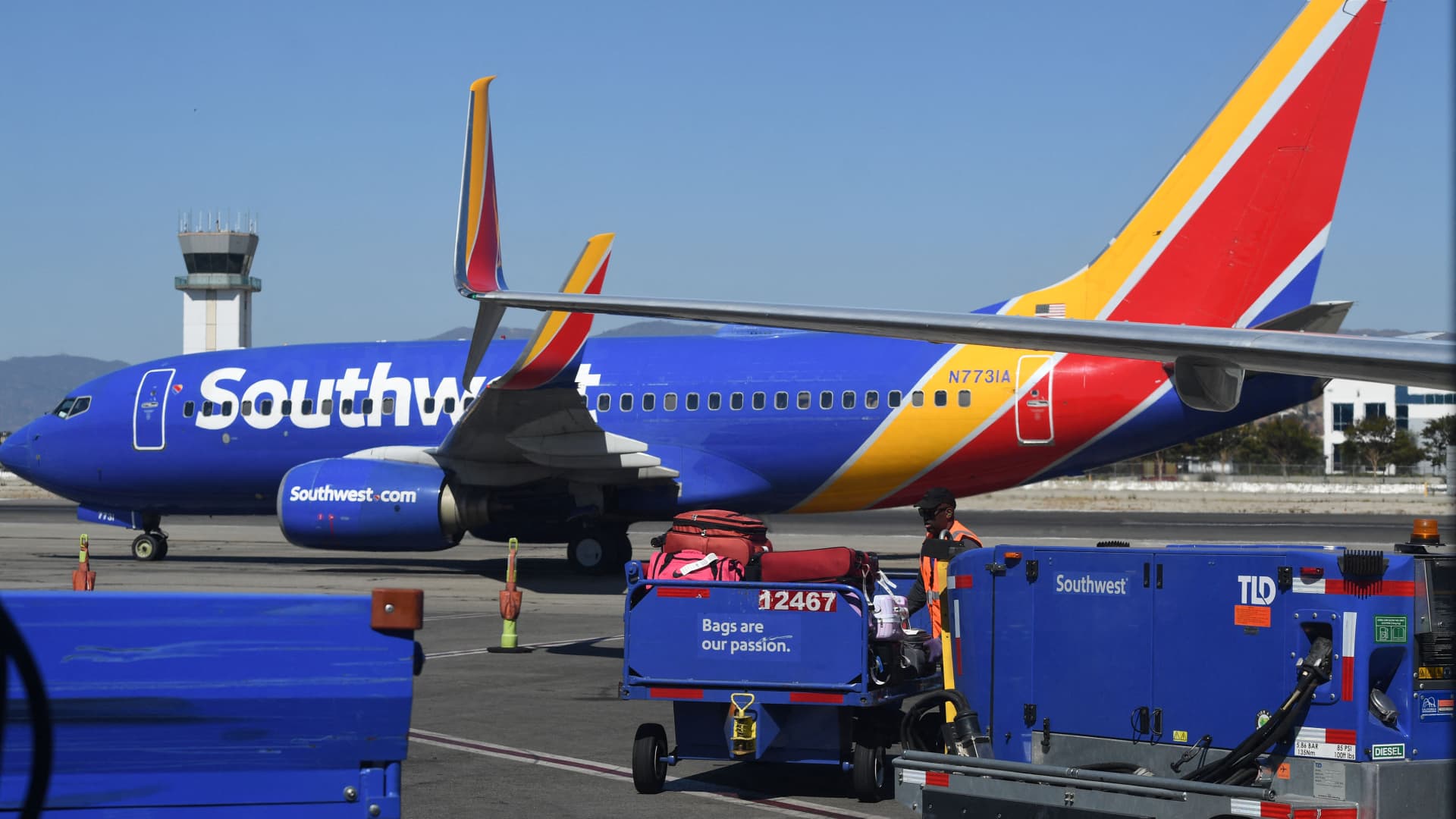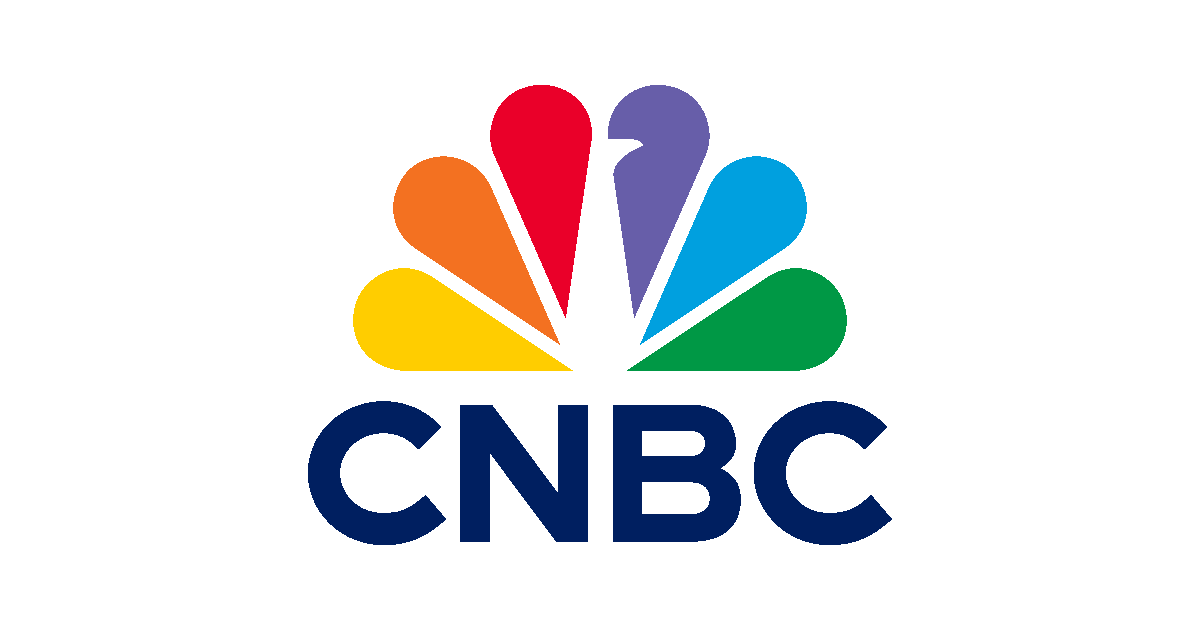Retail sales rose more than expected in June as consumers remain resilient despite inflation


Consumer spending held up during June’s inflation surge, with retail sales rising slightly more than expected for the month amid rising prices across most categories, the Commerce Department reported Friday.
Advance retail sales increased 1% for the month, better than the Dow Jones estimate of a 0.9% rise. That marked a big jump from the 0.1% decline in May, a number that was revised higher from the initial report of a 0.3% drop.
Unlike many other government numbers, the retail figures are not adjusted for inflation, which rose 1.3% during the month, indicating that real sales were slightly negative.
Rising costs for food and gasoline in particular helped propel the increase, which was nonetheless broad-based against the various metrics in the report.
Excluding autos, the monthly rise also was 1%, topping the 0.7% estimate.
“The 1.0% [month-over-month] rise in retail sales in June isn’t as good as it looks, as it mainly reflects the boost to nominal sales values from surging prices,” wrote Andrew Hunter, senior U.S. economist at Capital Economics. “Accounting for the surge in prices, however, real consumption looks to have been broadly stagnant in June.”
Consumer sentiment remains relatively downbeat; a separate report from the University of Michigan registered a reading of just 51.1, better than the 50 estimate but still around record lows. Inflation expectations remain elevated, with the one-year outlook at 5.2% little changed from levels of the past months.
Markets nevertheless rallied following the morning’s economic news, with the Dow Jones Industrial Average up more than 470 points in the first half-hour of trading. Government bond yields moved lower.
Gasoline sales rose 3.6% as prices at the pump briefly topped $5 a gallon, a move that has since eased as oil prices have declined in July.
Sales at bars and restaurants increased 1%, while online sales rose 2.2%, and furniture and home store sales were up 1.4%. However, some brick-and-mortar sales, fell, with general merchandise off 0.2% due to a 2.6% decline in department stores.
The retail report shows that consumers have been mostly resilient in the face of the highest inflation rate since November 1981.
Consumer prices in June were up 9.1% over the past year, a product of record-high gas prices and spreading inflation that drove rents up to their highest monthly gain since 1986 and dental care to its biggest rise since at least 1995.
Despite the increases, consumer finances have held up well.
Debt to after-tax income has been rising, but at 9.5% is still well below longer-term levels, according to Federal Reserve data. Household net worth edged lower in the first quarter, largely a product of a decline in the stock market that reduced equity holdings by $3 trillion.
Other economic data points, though, have been weakening.
Though spending continues, consumer confidence is around record lows. Housing data has been weak lately, and regional manufacturing surveys are reflecting a slowdown. A Fed survey released earlier this week showed concerns about inflation and a recession escalating.
However, a New York Fed report Friday morning provided some good news about manufacturing.
The Empire State Manufacturing Survey for July posted an 11.1 reading, representing the percentage difference between companies seeing expansion versus contraction. That was much better than the Dow Jones estimate for a minus-2, and reflected big gains in shipments, a welcome change considering supply chain problems that have helped drive inflation.
The survey showed that prices remain elevated but the share of companies seeing increases is declining.
On the downside, companies turned pessimistic about the future, with a net 20.2% seeing worsening conditions over the next six months.
Fed policymakers have responded to the inflation issue with a series of rate increases and are expected to approve another hike later this month that could hit 1 percentage point, the largest such increase since the central bank began using its benchmark rate to implement policy nearly 30 years ago.
Fed Governor Christopher Waller said Thursday that the retails sales report would be a key input in determining whether to hike by 75 basis points or 100 basis points at the July 26-27 meeting.
Traders reduced their bets on the possibility of the 100 basis point hike occurring, cutting the probability to about 42% Friday morning from about double that just a day before, according to CME Group data.
This post has been syndicated from a third-party source. View the original article here.




